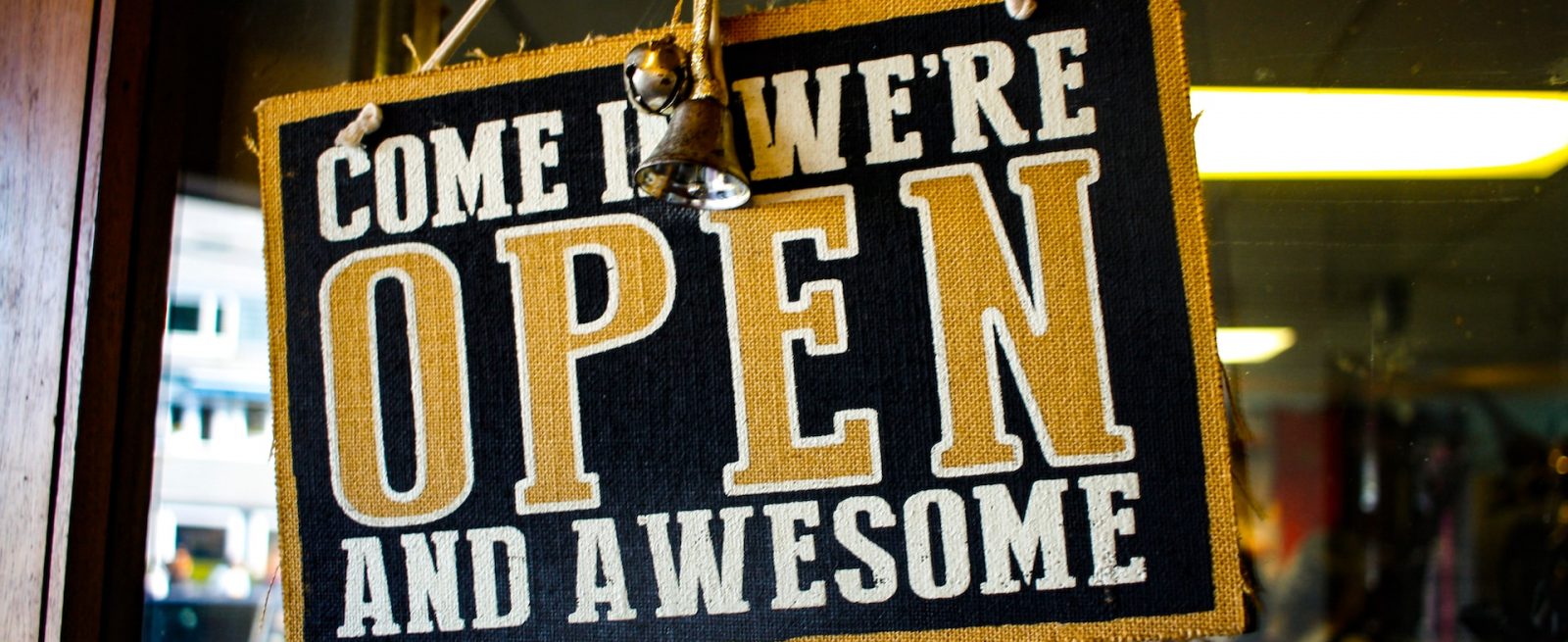How AI Technology Can Help Restaurants Stay Open
3 Min Read By Beerud Sheth
In recent years, the restaurant industry has incurred staffing issues that have closed independent establishments and franchises nationwide. With two jobs open for every jobseeker, chances are slim that human workers will fill the demand. Fortunately, the latest advances in AI technology may keep the lights on for restaurants facing staffing shortages, while also helping these businesses run more efficiently and obtain more customers.
Personalized Marketing
AI enables restaurants to create personalized marketing campaigns based on customer data. By analyzing customer preferences, dining habits, and feedback, AI chatbots can send personalized messages to engage customers with new menu items, exclusive offers, and meal recommendations. These chatbots can proactively engage with customers via Instagram DM automation, Google’s Business Messages, WhatsApp, and more.
Automated Ordering
AI-powered chatbots can handle customer orders, reducing the need for human intervention. Within a single chat interface, consumers can go through the entire menu, choose food and beverage products, add them to their cart, and make payments. Chatbots can accurately process orders, suggest menu items, handle special requests, and even provide personalized recommendations based on customer preferences. Restaurants can broaden their reach by accepting orders and payments on messaging channels like WhatsApp, Facebook Messenger, and Google’s Business Messages.
For example, Gupshup partnered with India-based food joint Wow! Memo to introduce an end-to-end ordering solution on WhatsApp. This solution allows customers to browse through a wide menu and order their desired dishes entirely within the app, making the ordering process as simple as chatting with a friend.
Menu Optimization
With the help of QR codes, guests can access their menus from their tables. They can browse the menu, place orders, and make payments, freeing the restaurant staff to focus on other tasks. Additionally, AI chatbots can analyze customer preferences, ingredient availability, and cost factors to optimize menu offerings. This helps restaurants identify popular items, design seasonal menus, and create customized dishes based on customer preferences.
Feedback Analysis
Through AI-powered sentiment analysis tools, restaurants can process online reviews, social media mentions, and customer feedback to extract insights. Restaurants can proactively gather feedback on food and delivery using survey chatbots that are non-intrusive and can capture sentiment in the consumer’s natural language. By understanding customer sentiments and identifying areas of improvement, restaurants can make data-driven decisions to enhance their offerings, service quality, and overall customer experience.
Kitchen Operations
AI-powered systems can streamline kitchen operations by automating processes and improving communication. For instance, AI can help monitor inventory levels, track ingredient freshness, and optimize cooking times and temperatures, leading to consistent food quality, reduced waste, and increased efficiency. Automation enhancements in Chili’s test kitchens, including grills and ovens, have been a welcome addition: results are showing that tips are greater, meals are apparently more reliable, and kitchen training is supposedly less difficult.
Staff Management
AI tools can assist with staff scheduling, labor forecasting, and task assignment, with the ability to generate recommended labor hours for each day to the hour. By analyzing factors like reservations, local events, and weather conditions, these tools can optimize staffing levels, ensuring that restaurants have the right number of employees at the right times to provide quality service. Through a simple interface, managers can build effective restaurant schedules, as well as provide an easy way for restaurant staff to swap shifts and send PTO requests.
As technology advances, AI will play an even larger role in transforming the restaurant industry. From detecting fraudulent purchases to predicting demand for certain food items, AI has the potential to improve every aspect of a restaurant’s operations. These innovations will result in happier owners, staff, and—most importantly—customers.


